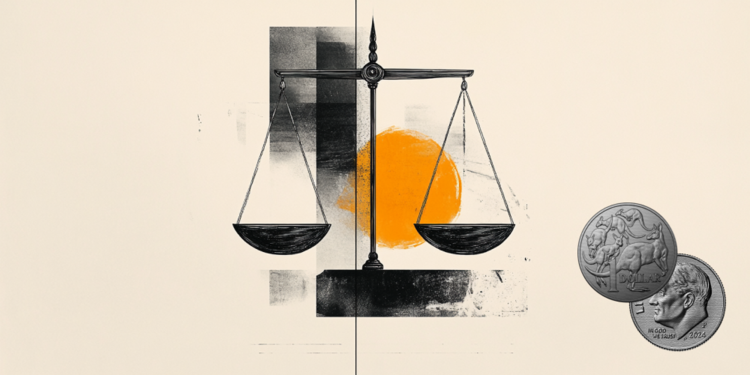- AUD/USD rallies to near 0.6300 as the market sentiment becomes favorable for risk-sensitive assets.
- The risk-appetite of investors improves on the assumption that the scope of the trade war will be limited between the US and China.
- US-China trade war and RBA dovish bets would limit the Australian Dollar’s upside.
The AUD/USD pair surges to near the key level of 0.6300 in Wednesday’s European session. The Aussie pair strengthens as the risk appetite of investors has improved amid expectations that the trade war won’t be global and will be limited between the United States (US) and China.
S&P 500 futures are slightly down in European trading hours but have recovered their losses significantly. The US Dollar Index (DXY), which tracks the Greenback’s value against six major currencies, declines sharply to near 107.50, the lowest level in more than a week.
Market participants are anticipating a lethal trade war between the US and China as the latter has retaliated with levies of 15% on coal and LNG and 10% for crude oil, farm equipment, and some autos against US President Donald Trump’s decision to impose 10% tariffs on them.
Though a steady market environment has offered some relief to the Australian Dollar (AUD), investors expect the relief would be short-term as Australia would be the victim of the US-China trade war, being a leading trading partner of China.
Apart from that, firm market expectations that the Reserve Bank of Australia (RBA) will pivot to policy normalization from the policy meeting on February 18 would also weigh on the Australian Dollar.
In Wednesday’s session, investors will focus on the US ADP Employment Change and the ISM Services Purchasing Managers’ Index (PMI) data for January.
US-China Trade War FAQs
Generally speaking, a trade war is an economic conflict between two or more countries due to extreme protectionism on one end. It implies the creation of trade barriers, such as tariffs, which result in counter-barriers, escalating import costs, and hence the cost of living.
An economic conflict between the United States (US) and China began early in 2018, when President Donald Trump set trade barriers on China, claiming unfair commercial practices and intellectual property theft from the Asian giant. China took retaliatory action, imposing tariffs on multiple US goods, such as automobiles and soybeans. Tensions escalated until the two countries signed the US-China Phase One trade deal in January 2020. The agreement required structural reforms and other changes to China’s economic and trade regime and pretended to restore stability and trust between the two nations. However, the Coronavirus pandemic took the focus out of the conflict. Yet, it is worth mentioning that President Joe Biden, who took office after Trump, kept tariffs in place and even added some additional levies.
The return of Donald Trump to the White House as the 47th US President has sparked a fresh wave of tensions between the two countries. During the 2024 election campaign, Trump pledged to impose 60% tariffs on China once he returned to office, which he did on January 20, 2025. With Trump back, the US-China trade war is meant to resume where it was left, with tit-for-tat policies affecting the global economic landscape amid disruptions in global supply chains, resulting in a reduction in spending, particularly investment, and directly feeding into the Consumer Price Index inflation.
Read the full article here


